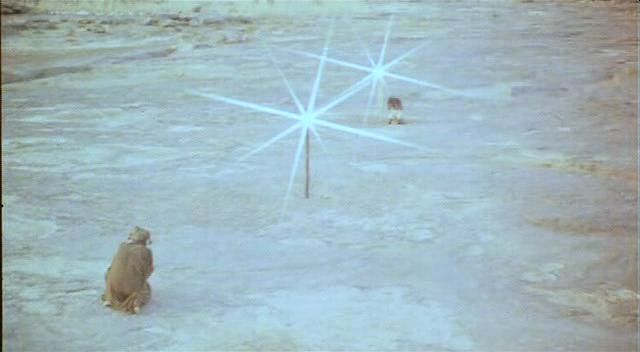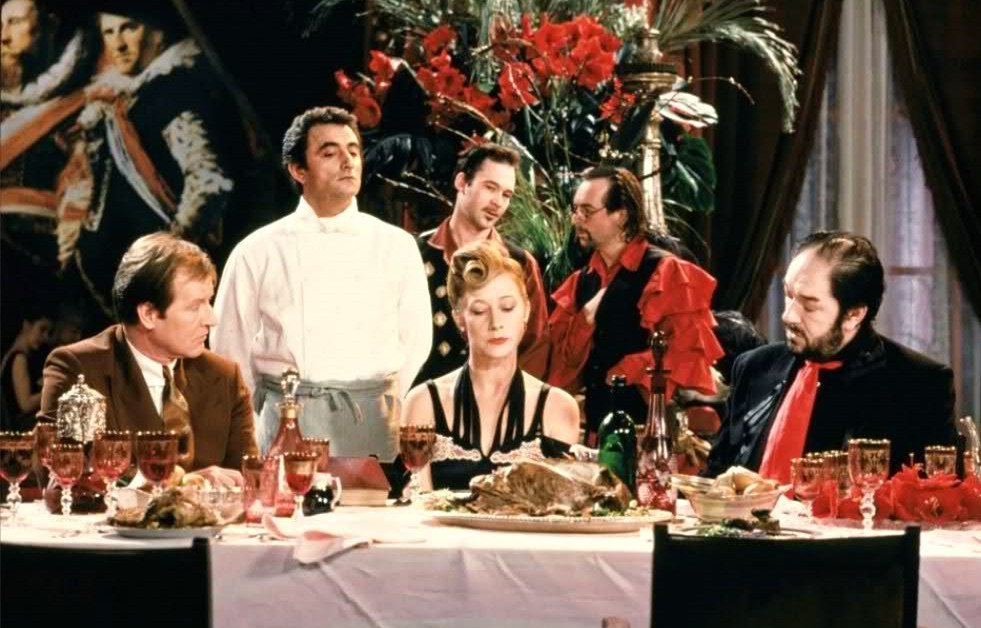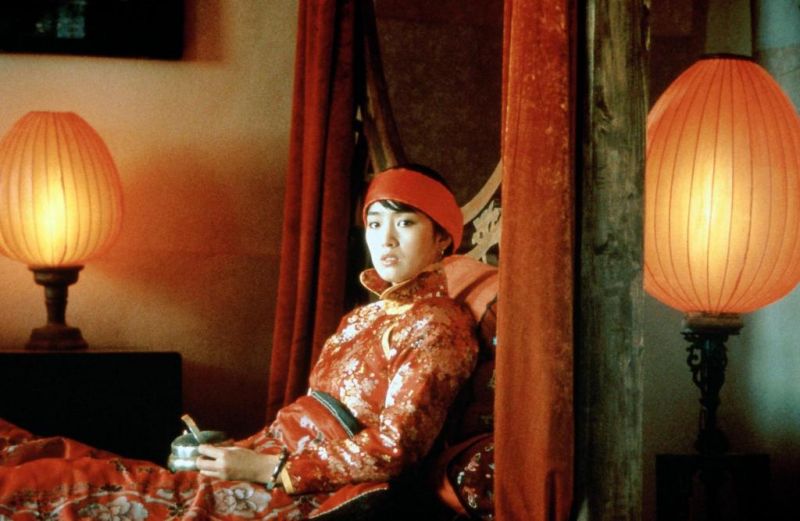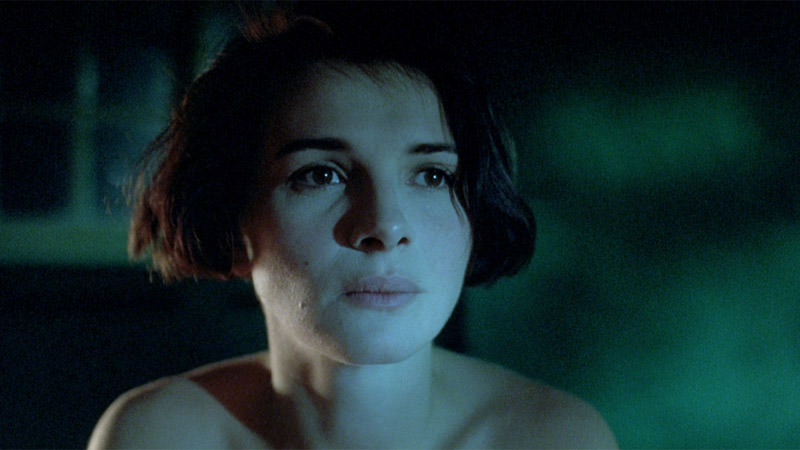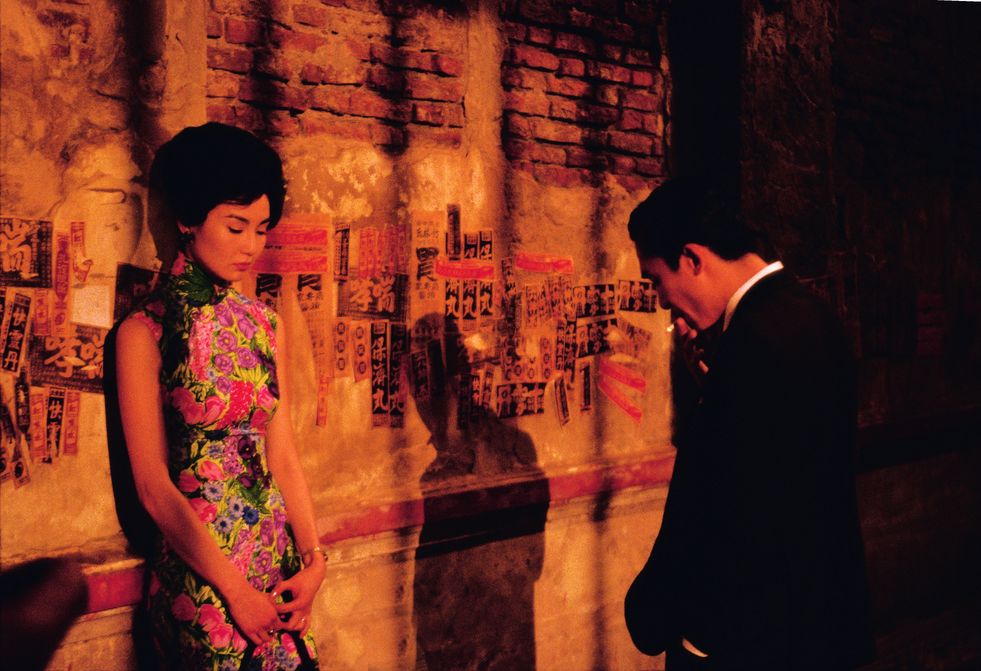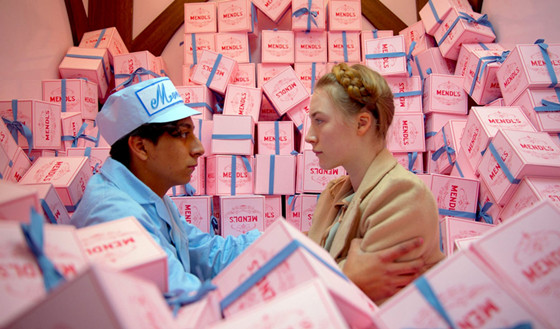14. Yeelen (1987)
For many reasons the continent of Africa didn’t enter the world film scene until recent decades. The value of any nation’s cinema is to tell the stories of that part of the world and share them with other countries and peoples to promote better understanding.
While many films set in Africa had been made detailing native African life under colonization, the highly skilled director-writer Souleymane Cisse has sought to tell authentic African stories, principally for an African audience but which may be shared with others as well. His finest effort is Yeelen (“Brightness”). This mystical story wouldn’t, in many ways, be out of place in western cinema. It is about a young man with magical powers who must undertake a journey across the African landscape in order to confront and, hopefully, defeat his evil warlock father.
This sounds like a fairy tale and Cisse knows that a fable-like style is required. To this end he selects stunning sights, natural spectacle, fire, light and exotic animal imagery, and dresses it all in dazzling colors inspired by the wonder of a continent that is only recently starting to become truly visible to the eyes of the world. The viewer will rarely see a more visually impressive film.
15. The Cook, The Thief, His Wife and Her Lover (1989)
Writer-director Peter Greenway is…well, a unique cinematic presence. That is said of many but Greenway really isn’t quite like anyone else. Yes, there are satirists and those who indulge in violence and critiques of society but Greenaway seems unique. His films are about the often nasty natures that lurk beneath what should be polite social ritual. He doesn’t so much want empathy, much less sympathy, for his characters as he wants to observe them.
Quite often he accentuates this with a formal and hauntingly vivid visual style. Almost any of his films might be noted but the most famous was the controversial The Cook, The Thief, His Wife and Her Lover. This all-out film is a wry comment on the Britain of the Thatcher era. The restaurant that provides the main setting is England itself, high-toned and great looking from a distance, now being dragged down by the presence of those like The Thief (Michael Gambon), a real bad-news kinda guy and who actually owns the joint. Among his victims are his classy wife (Helen Mirren) and the intellectual man she takes for a lover.
This could potentially be the plot of a literal minded drama but this is, as with many of these entries, a highly stylized affair and works best that way. This film might be unbearable if taken straight. However, the framing and stunning heightened use of color, with many scenes awash in dominating hues, put the story in a different place, one making a larger point and making it well.
16. Raise The Red Lantern (1991)
China was blessed with the last plant on the earth capable of producing classic three strip Technicolor. Perhaps that helps to explain that country’s sure grip on the use of color in so many films. When Chinese films started to be exported on a large scale in the 1980s and 90s they were among the most visually stunning seen in the western hemisphere in recent decades. What was also notable is that the Chinese directors also knew the use of restraint in using color.
A superb example of this was Raise The Red Lantern, a touching drama about a woman’s plight in pre-revolutionary China directed by Yimou Zhang. Set in the 1920s, but in a place that still behaves and looks like a much earlier age, the story follows a beautiful and intelligent woman (Gong Li) who, after an unfortunate turn of events, becomes the fourth wife of a wealthy man. The wives must jockey for the husband’s favor and attention, not in a romantic way but in the interest of survival.
The red lantern of the title is the sign of being in favor since if the red lantern is outside that wife’s quarters is lit, she is the chosen for that moment in time. The settings are formal and richly appointed in traditional Chinese style (and are often framed in perfect symmetry ) but the color is often subdued, appropriate to the life of passionless luxury to which the heroine has sold herself. However there are violent slashes of color throughout the film indicating that overwhelming emotions are waiting in the wings to present themselves at any moment.
17. Three Colors: Blue (1993)
The late, great Polish director Krzysztof Kieslowski loved creating his dramas within the context of larger. In the early 1990s he created a trilogy of films inspired by the colors of the French flag and the idea behind those colors: blue for liberty, white for equality, and red for fraternity. It must be noted that the always creative and subtle Kieslowski chose to examine these ideas in original and unexpected ways.
Film three, Red, received the most attention but the others are certainly worthy. Blue also contains a superb performance by lead, Juliette Binoche. The story centers around a young wife and mother who is the sole survivor of a devastating car accident involving her family. Her response is to withdraw from life, retaining only a chandelier of blue beads associated with her small daughter.
In the case of this film, “liberty” is freedom from the memories and oppressiveness of the past. As with the other films in the series, the director constantly has the key colors present themselves in crucial objects and at vital points in the film. In this film, the color blue links the woman to a past which she now finds almost unendurably painful but also to a life of freedom once she works through the burden of that past. Like all of the director’s work, this one evokes viewer empathy virtually from the first frames.
18. In The Mood for Love (2000)
One of the most acclaimed of Asian directors in recent years has been Hong Kong-born Kar Wai Wong. He has already created many memorable films but perhaps the most beloved of those is the touching In The Mood for Love. In the crowded city of Hong Kong two families move into adjacent quarters. It seems that the husband of one family is having an affair with the wife of the other (though neither is ever seen).
The film, however, centers on their mates, who happen to meet at odd moments while doing daily tasks. They realize they are falling in love but don’t want to go down the same hurtful road as their spouses. Wong takes on the daunting task of showing the deep emotions of two characters who are being restrained spatially (symbolized by the cramped living quarters), by convention (the setting is the early 1960s, when propriety was dominate), and by the decency of their own emotions.
The colors are deep but always held in check, perfectly embodied by the woman’s beautifully colorful but always modest and appropriate dresses. This and the director’s choices of shots and editing demonstrate that it’s never going to quite happen for these two but the depth of feeling is truly there.
19. Amelie (2001)
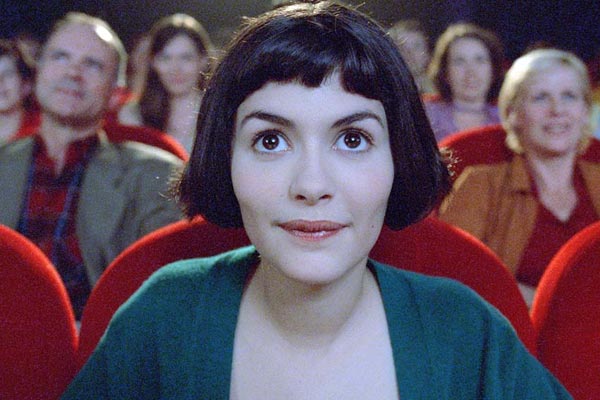
Like all really notable film makers, France’s Jean-Pierre Jeunet has a style that can be mistaken for no other’s. His films tend to be dark fables told with in an extremely heightened stylized manner. In Jeunet’s case reality is exaggerated to an enormous degree and the world is often presented as an endlessly complicated contraption along the lines of the works of artist Rube Goldberg.
Surely his most delightful film, certainly his biggest hit, is the darkly sunny film, Amelie. It tells the tale of the title character (memorably played by Audrey Tautou), an almost unbelievably sheltered young woman freed from parental bonds by fate. Going out into the world, she resolves to bring happiness to others, though her limited experience with life leads her to some odd and prickly choices.
The director opts for a sort of golden ambiance married with deep, carefully chosen colors. The world of the film thus looks realistic enough, though in an antique sort of way, but also has an unreal “once upon a time” layer covering the realism. Like all good fairy tales there is enough reality to ground the story but enough unreality to make it more interesting than life. Jeunet many wise touches, not the least of which involve his color palette, which are a major factor of the film’s success.
20. The Grand Budapest Hotel (2014)
A newer addition to the list of film makers to keep on one’s watch list is Wes Anderson. Following in the tradition of so many of the creative forces represented on this list, Anderson is an original, though in the stylized manner of many of the others. He, too, filters reality through a distinctive lens that includes a visual style that marks his work as his own. Though he has yet to have a huge mainstream hit, he is beloved of many critics and viewers.
While, like any director, he has had his missteps, his latest film, the Oscar nominated The Grand Budapest Hotel, has been rated as one of his very best. Though it’s always dangerous to say what will last through the years, it is safe to say that this film may make it. As usual with Anderson, he takes a situation which could produce a very serious film and transforms it into a list of quirky, flawed, but not unsympathetic characters. He tells their stories in a way that puts visual brackets around them, producing a rarefied atmosphere for the film.
In this case the structure is like a group of nesting dolls in that the story is told to someone who had been told by someone else and the visual style changes with each time layer. The main story, concerning the inhabitants of the once posh title establishment during the turbulent days surrounding World War II, is presented with a typical Anderson color scheme of unusual colors dominating what would otherwise be a normal looking (in this case elegant) space, clueing the viewer in to the fact that things are going to be a bit unusual.
Presented as eccentric but accessible, the film’s elements, including the color patterns, do what the best comedies always do: create their own world in which the plot and characters find their own believable terms in which to play out their story.
Author Bio: Woodson Hughes is a long-time librarian and an even longer time student/fan of film,cinema and movies. He has supervised and been publicist for three different film socieities over the years. He is married to the lovely Natalie Holden-Hughes, his eternal inspiration and wife of nearly four years. You can visit his blog at Stream of Dreams.
